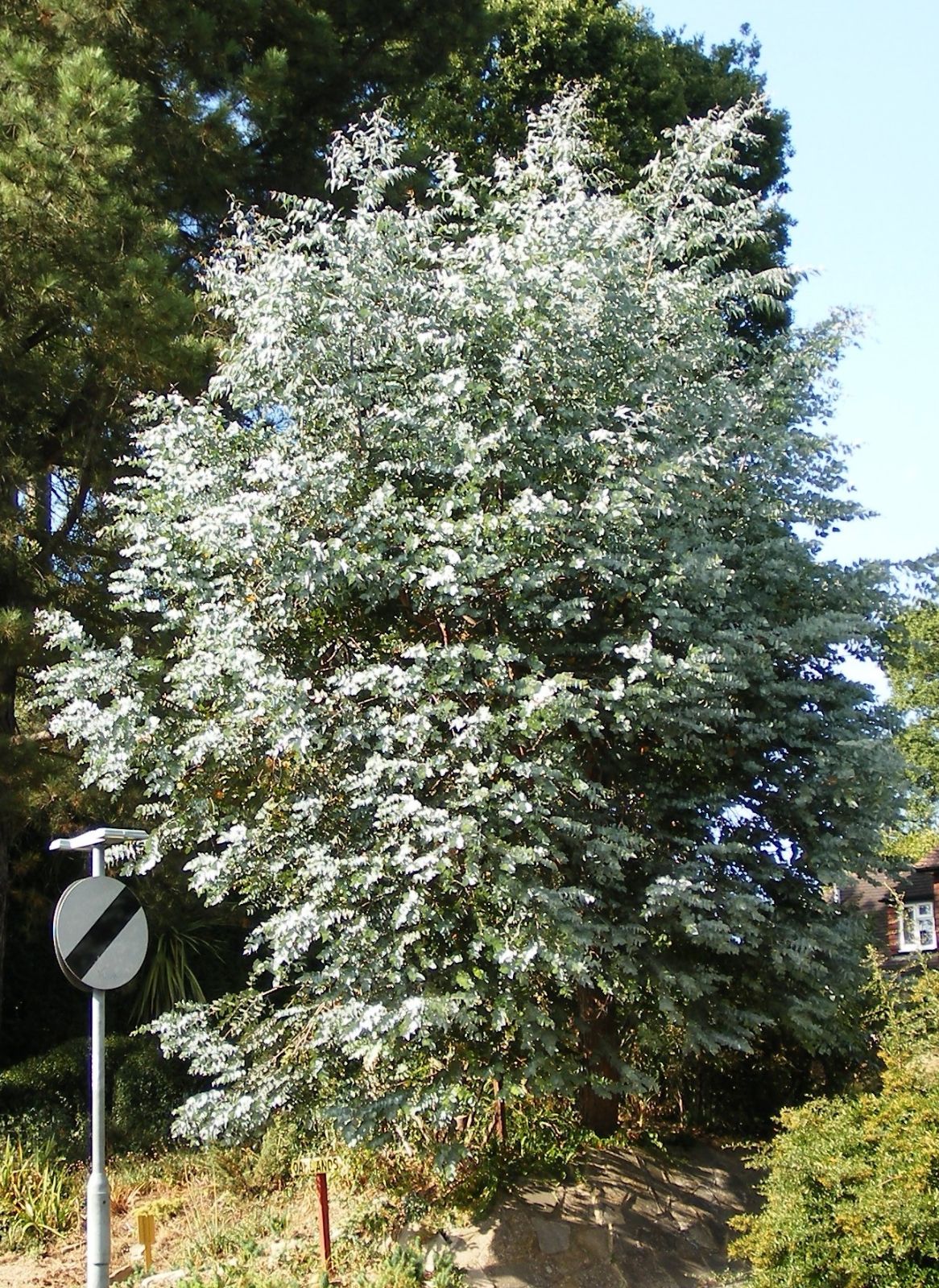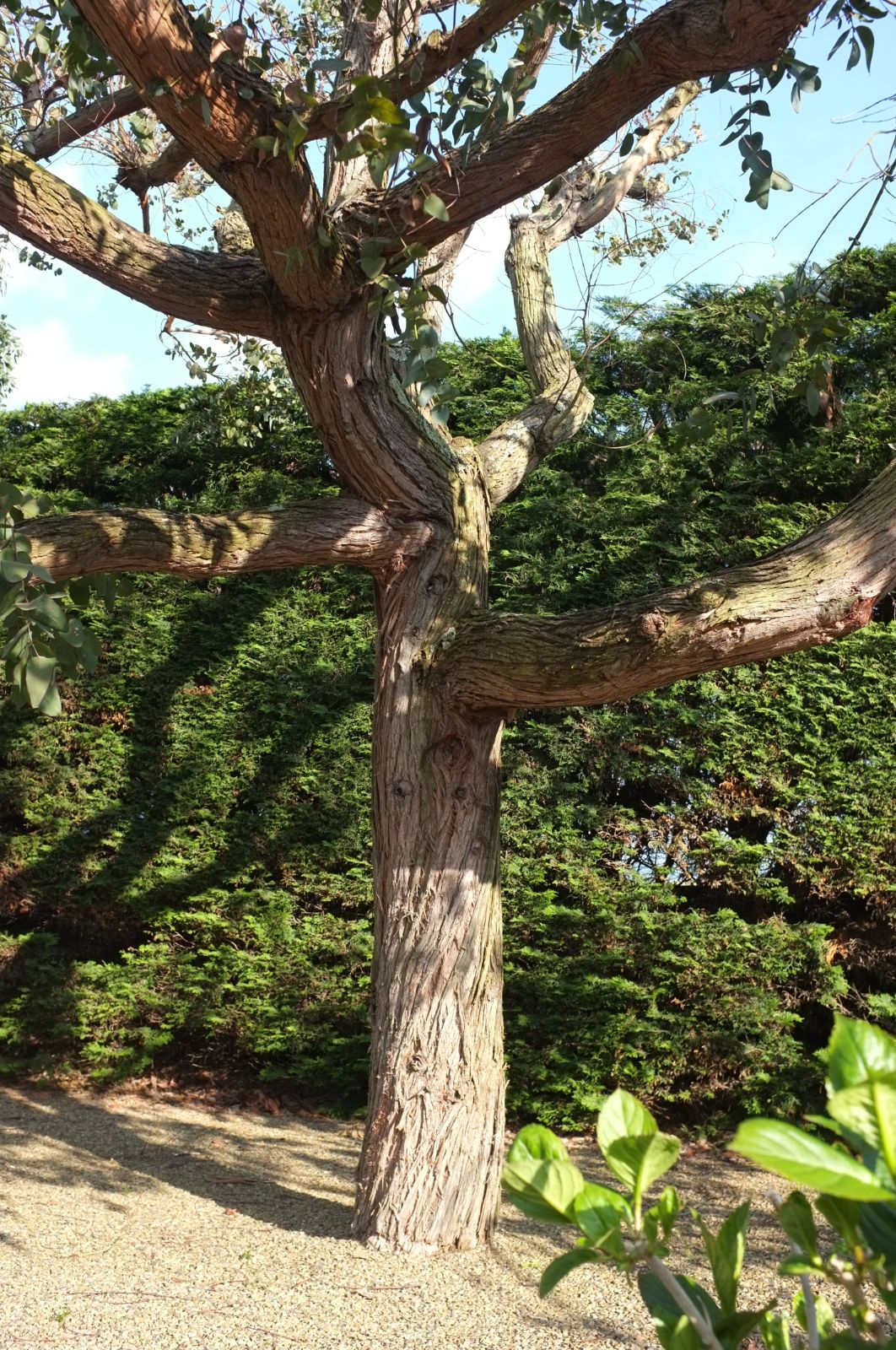Eucalyptus cinerea
Credits
Article from New Trees by John Grimshaw & Ross Bayton
Recommended citation
'Eucalyptus cinerea' from the website Trees and Shrubs Online (treesandshrubsonline.
Genus
Common Names
- Argyle Apple
- Silver Dollar Gum
Other taxa in genus
- Eucalyptus acaciiformis
- Eucalyptus albida
- Eucalyptus amygdalina
- Eucalyptus archeri
- Eucalyptus blakelyi
- Eucalyptus bridgesiana
- Eucalyptus brookeriana
- Eucalyptus camaldulensis
- Eucalyptus camphora
- Eucalyptus chapmaniana
- Eucalyptus coccifera
- Eucalyptus cordata
- Eucalyptus crenulata
- Eucalyptus cypellocarpa
- Eucalyptus dalrympleana
- Eucalyptus delegatensis
- Eucalyptus elliptica
- Eucalyptus fastigata
- Eucalyptus fraxinoides
- Eucalyptus globulus
- Eucalyptus gregsoniana
- Eucalyptus gunnii
- Eucalyptus johnstonii
- Eucalyptus kybeanensis
- Eucalyptus lacrimans
- Eucalyptus laophila
- Eucalyptus leucoxylon
- Eucalyptus macarthurii
- Eucalyptus macrorhyncha
- Eucalyptus mannifera
- Eucalyptus melliodora
- Eucalyptus mitchelliana
- Eucalyptus moorei
- Eucalyptus morrisbyi
- Eucalyptus neglecta
- Eucalyptus nicholii
- Eucalyptus nitens
- Eucalyptus nova-anglica
- Eucalyptus obliqua
- Eucalyptus oreades
- Eucalyptus ovata
- Eucalyptus parvula
- Eucalyptus pauciflora
- Eucalyptus praecox
- Eucalyptus radiata
- Eucalyptus regnans
- Eucalyptus remota
- Eucalyptus risdonii
- Eucalyptus rodwayi
- Eucalyptus rubida
- Eucalyptus saligna
- Eucalyptus sideroxylon
- Eucalyptus stellulata
- Eucalyptus subcrenulata
- Eucalyptus tenuiramis
- Eucalyptus urnigera
- Eucalyptus viminalis
Tree to 16 m. Bark reddish brown, rough and fibrous below; smooth and reddish brown or grey above. Branchlets brown. Juvenile leaves sessile or with a short petiole, circular to cordate and glaucous; juvenile and intermediate leaves often persist on adult trees. Adult leaves thick and glaucous, 7.5–11.5 × 1.5–2.5 cm, broadly lanceolate, lateral veins indistinct, margins entire, apex acuminate; petiole flattened and 0.5–1.1 cm long. Inflorescences axillary and solitary; umbellasters with three flowers. Flower buds spindle-shaped and glaucous; hypanthium 0.4–0.5 cm wide; stamens white or cream. Capsule conical or cylindrical, 0.5–0.9 cm diameter; valves three to five, slightly exserted. Chippendale 1988. Distribution AUSTRALIA: Australian Capital Territory, New South Wales, Victoria. Habitat Grows in wet areas with clay soils in sclerophyllous woodland. USDA Hardiness Zone 7. Conservation status Not evaluated.
Eucalyptus cinerea is one of the most distinctive of the hardy gums, having a fibrous reddish bark that looks well with the silvery leaves. When adult these are elongate, but they are particularly striking in the juvenile phase when they are rounded and very ‘white’, and held in opposite pairs close to the stem. Branchlets at this stage are an important article in the cut foliage market, to be used as ‘filler’ in flower arrangements, and coppiced plantations of E. cinerea are grown for this purpose in southern Europe. It is reliably hardy in southern England, at least in well-drained sites (less so in damp conditions). Some damage can be expected if temperatures drop below –10 ºC, but hardier provenances can tolerate a few degrees colder before dieback becomes serious (Hogan 2008). There are specimens throughout the British Isles, the champion being 18 m tall (32 cm dbh) at Marwood Hill, Devon in 2006 (TROBI). It is vigorous, but not excessively fast by Eucalyptus standards. A tree at Lamberhurst Vineyard, Kent achieved 10 m in six years; in Oregon it is slightly faster, and 8 m in five years has been observed (S. Hogan, pers. comm. 2007). It may also be coppiced on a regular basis to provide fast-growing juvenile shoots as a garden feature.


